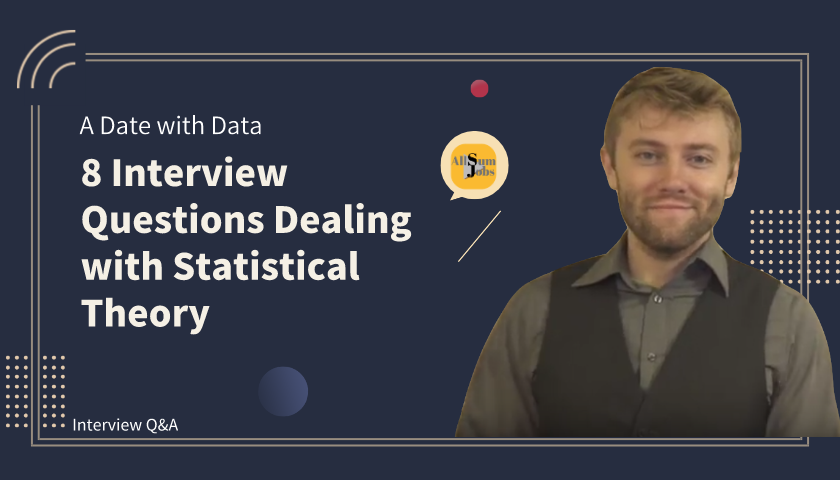Learn to answer questions about statistical theory
Data science, a blend of computer science and statistical knowledge, is a growing field. Yet many who come up through computer science lack the basic statistical knowledge to put it to good use.
Many data scientists focus on machine learning and deep learning. Unfortunately very few actually understand statistical basics such as A/B testing and the shape of a normal distribution. Your code could be useless if you do not understand concepts such as over-fitting and under-fitting.

